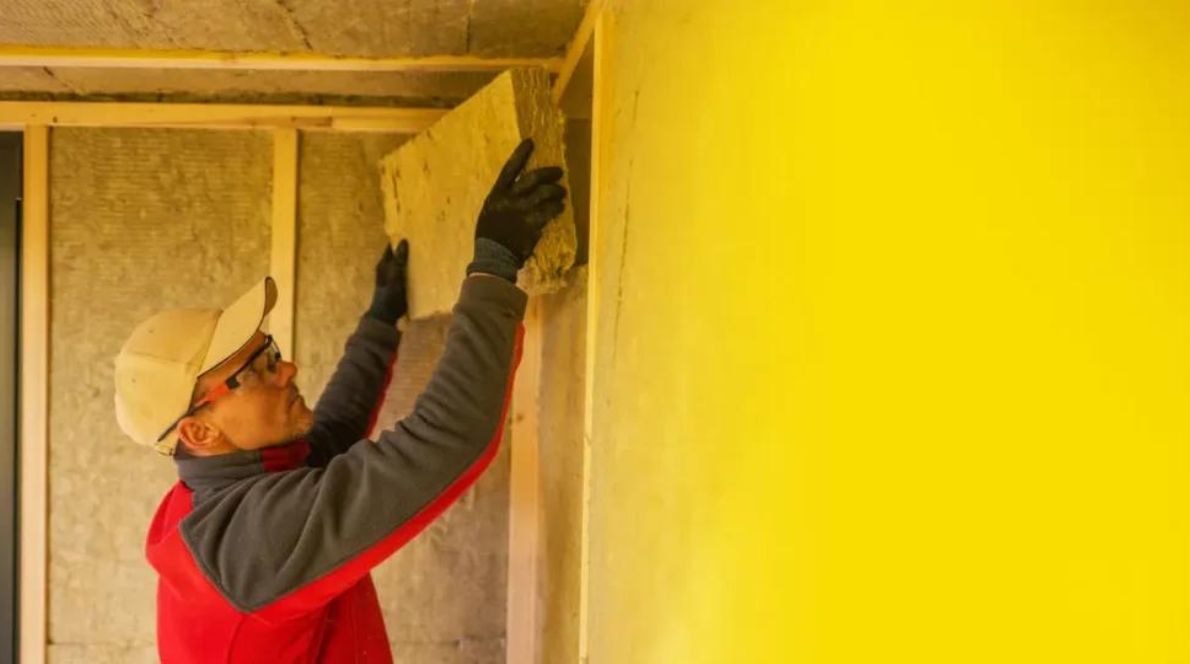
Glasswool insulation is a popular choice for homeowners and builders in New Zealand due to its excellent thermal and acoustic properties. This guide will provide detailed information on installing glasswool insulation, its safety, specifications, and other important aspects.
How To Install Glass wool Insulation?
Installing glasswool insulation can significantly improve the thermal efficiency and comfort of your home. Here’s a step-by-step guide to help you with the installation:
- Preparation: Measure the area you need to insulate and purchase the appropriate amount of glasswool insulation. Ensure you have safety gear including gloves, a mask, and protective clothing.
- Cutting: Cut the glasswool insulation to fit between the joists or studs. Use a sharp utility knife and a straightedge to ensure clean, straight cuts.
- Fitting: Place the insulation between the joists or studs. Ensure it fits snugly without compressing the material, as this can reduce its effectiveness.
- Securing: Use insulation supports, such as metal rods or wire, to keep the insulation in place.
- Stripping: Use stripping to secure the insulation, if required.
- Finishing: Cover the insulated area with a vapour barrier if required, and then install drywall or another wall covering over the insulation.
Proper installation is crucial for maximising the benefits of glasswool insulation, ensuring your home remains warm in winter and cool in summer.
Is Glass wool Insulation Safe?
Glasswool insulation is generally safe when handled correctly. It is made from recycled glass and sand, which are non-toxic materials. However, there are some safety considerations to keep in mind.
Is glass mineral wool safe to breathe?
While modern glasswool insulation products have been improved to minimise dust and fibres, it’s still important to wear a mask and protective clothing when handling them. Inhaling glass fibres can irritate the respiratory system, and skin contact can cause itching and rashes. Therefore, always use appropriate safety gear when installing or handling glasswool insulation.
What Are Glass wool Insulation Specifications?
Glasswool insulation is available in various thicknesses, densities, and R-values, which measure its thermal resistance. Here are some key specifications:
- Thickness: Typically ranges from 35mm to 300mm.
- Density: Can vary depending on the manufacturer and specific product, usually between 10-60 kg/m³.
- R-Value: This is a measure of thermal resistance, with higher values indicating better insulation performance. Common R-values for glasswool insulation range from R1.5 to R7.0, depending on thickness and density.
What is the Difference Between Earthwool and Glass wool?
Earthwool and glasswool are both types of fibreglass insulation, but they have some differences:
- Composition: Earthwool is made with ECOSE® Technology, which uses a bio-based binder instead of traditional formaldehyde-based binders found in glasswool.
- Environmental Impact: Earthwool is considered more environmentally friendly due to its sustainable manufacturing process.o
- Handling and Comfort: Earthwool tends to be softer and less itchy to handle compared to traditional glasswool, making it more comfortable to install.
What Happens If Glass Wool Gets Wet?
If glass wool insulation gets wet, it can lose its thermal efficiency and potentially develop mould and mildew. Here’s what to do if it happens:
- Drying: If the insulation becomes damp, try to dry it out completely as soon as possible. Use fans or dehumidifiers to accelerate the drying process.
- Replacement: If the insulation is thoroughly soaked or has been wet for an extended period, it may be best to replace it to avoid mould growth and maintain insulation performance.
Preventing moisture ingress by ensuring your home is well-sealed and addressing leaks promptly is essential to maintaining the effectiveness of your insulation.
What is the Lifespan of Glass Wool Insulation?
Glass wool insulation is durable and long-lasting, often maintaining its performance for several decades. Under optimal conditions, it can last 50 years or more. However, factors such as moisture exposure, physical damage, and improper installation can shorten its lifespan. Regular inspections and maintenance can help ensure your insulation remains effective over the years.
By understanding these aspects of glasswool insulation, you can make informed decisions to improve your home’s comfort, energy efficiency, and soundproofing capabilities.
